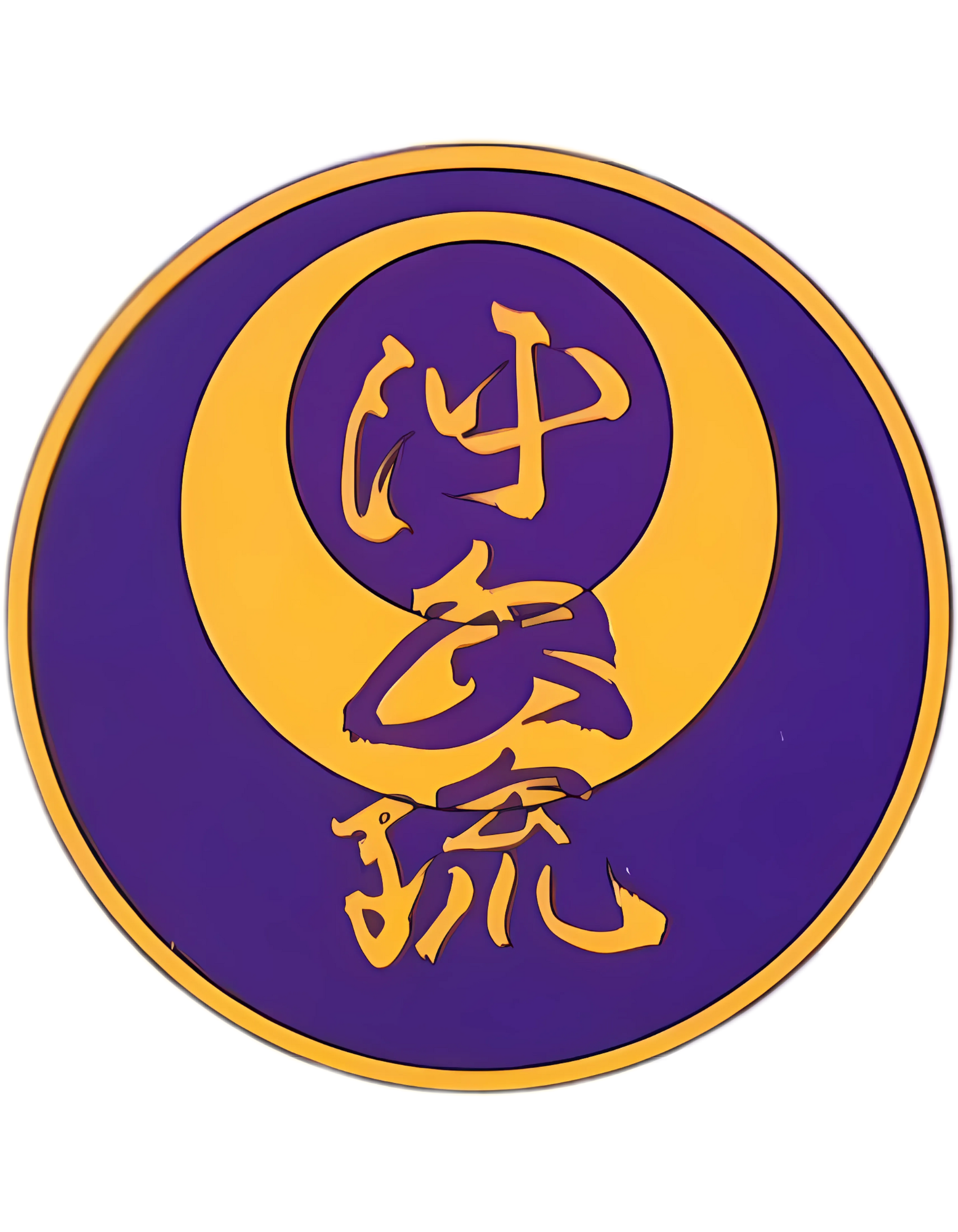Published March 3rd, 2025
Who Was Taika Seiyu Oyata?
Taika Seiyu Oyata was a highly respected Okinawan martial artist known for preserving the ancient techniques of traditional Okinawan Karate. Born in 1930, he studied under two direct-lineage Okinawan masters, Uhugushiku Tan Mei and Wakinaguri Tan Mei, who taught him the hidden aspects of real self-defense, including Tuite Jutsu (joint manipulation) and Kyusho Jutsu (vital point striking).
Unlike many modern martial arts that focus on sport competition, Oyata’s teachings emphasized the true, combat-effective applications of Okinawan Karate—ones designed for survival, not points.
The Founding of Oyata’s Ryukyu Kempo
Oyata eventually developed his own system, Ryu Te (Ryukyu Hand), which later became known as Oyata’s Ryukyu Kempo. His teachings were built on the foundation of traditional Okinawan principles, focusing on:
- Tuite Jutsu: The art of joint locks and controlling an opponent without excessive force.
- Kyusho Jutsu: Striking pressure points to neutralize threats effectively.
- Kata Applications (Bunkai): Practical self-defense techniques hidden within traditional kata movements.
- Defensive Mindset: Learning to recognize threats and respond efficiently.
Unlike modern interpretations of Karate that focus on sport-based sparring, Oyata’s system maintained the battle-tested methods of real self-defense used by Okinawan warriors.
The Role of Tuite Jutsu in Self-Defense
Tuite Jutsu, one of the core aspects of Oyata’s teachings, is a highly effective method of controlling an opponent through joint manipulation. This system allows a defender to:
- Break an attacker’s structure by controlling their joints.
- Neutralize larger opponents without relying on strength.
- Quickly disable an attack with minimal effort.
Tuite Jutsu aligns closely with Atemi Jutsu (vital striking)—Oyata believed that knowing how to control the body’s weak points gave martial artists a major advantage in self-defense.
Kyusho Jutsu – The Science of Vital Point Striking
Kyusho Jutsu (vital point striking) is another key part of Oyata’s teachings. This system focuses on targeting weak areas of the body—such as nerves, blood vessels, and pressure points—to cause pain, disruption, or unconsciousness.
By understanding the human body’s weak points, Oyata’s students learned how to:
- End confrontations quickly by targeting nerve clusters.
- Defend against larger attackers by maximizing efficiency.
- Use minimal force for maximum effect.
Many modern martial arts ignore Kyusho Jutsu, but Oyata ensured it remained an integral part of his self-defense system.
Why Oyata’s Teachings Matter Today
Oyata’s contributions to Karate help preserve the true essence of Okinawan self-defense. While sport Karate has become widely popular, his system remains a direct link to the original, battlefield-tested techniques of Okinawan warriors.
At Takamine Karate Dojo, we honor Oyata’s teachings by focusing on:
- Real-world self-defense over tournament competition.
- Kata bunkai (application) that reveals the hidden meaning behind traditional movements.
- Tuite Jutsu and Kyusho Jutsu as practical tools for survival.
- A deep respect for Okinawan martial traditions.
Oyata’s impact on traditional Karate is undeniable, and his legacy continues through dedicated martial artists worldwide.
Learn the Authentic Okinawan Self-Defense at Takamine Karate Dojo
At Takamine Karate Dojo, we stay true to the real Okinawan martial arts that Oyata dedicated his life to preserving. If you want to learn practical self-defense, understand the deeper meaning of Karate, and train in a system that goes beyond sport fighting, we invite you to join us.
📩 Email us at takaminekaratedojo@gmail.com
📲 Message us on Instagram or Facebook @takaminekaratedojo
Train in the true art of Okinawan Karate and keep the legacy of Taika Oyata alive! 🥋
